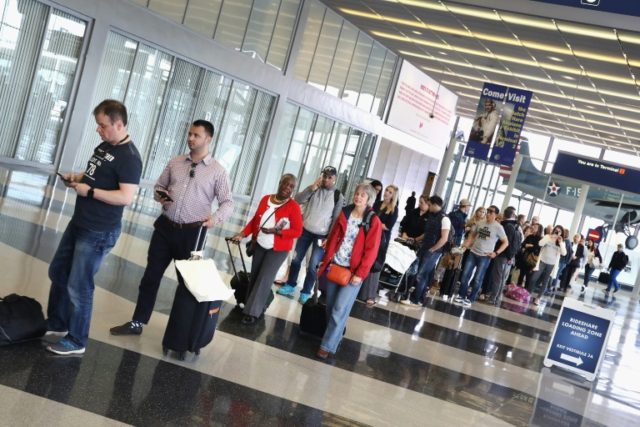Since the dawn of aviation government has played an important role in advancing the industry as well as keeping our skies safe. Today, more than 900 million yearly passengers board U.S. based flights and the costs of maintaining that mandate have continued to rise. Most of us don’t get to fly overseas but airline pilots and international travelers will be the first to tell you that conditions at some of our largest airports have fallen significantly behind other developed nations with some referring to U.S. facilities as third world.
President Trump campaigned on infrastructure reform pointing out that our airports weren’t up to international standards. In 2013 the American Society of Civil Engineers gave our aviation infrastructure a grade of D saying there’s a $42 Billion shortfall in funds needed for airports through 2025.
I’ve long had an interest in aviation becoming a pilot as a teenager and later getting my commercial certificate so my passion for the industry runs deep. As the skies become increasingly crowded the ability to manage growing traffic becomes a challenge not only for our overburdened Air Traffic Control system but the airports themselves.Recognizing the need as well as the opportunity, St. Louis Mayor Francis Slay has submitted a preliminary application to reserve a slot in the FAA Airport Privatization Pilot Program for St. Louis Lambert International Airport. The federal law allows up to 10 airport sponsors to sell or lease an airport. St. Louis isn’t selling Lambert but they are exploring lease options.
The city is partnering with Grow Missouri Inc. a non-profit funded by billionaire investor and activist Rex Sinquefield. In an interview with the St. Louis Business Journal, Grow Missouri President Travis Brown said; “the $6 Million the city receives now could increase by four to 10 times under a public-private partnership.”
Much of the developed world has already moved away from a government only model turning toward the private sector for needed investment and management reform. Cited in a recent Cato Institute report, the Airports Council International (ACI) says 47% of airports in the EU are now private or mostly private.
The Airport and Airway Trust Fund (AATF) raises about $15 Billion annually from taxes on tickets and fuel as well as a host of other fees levied throughout the system. Again, according to the Cato Institute a little over $3 Billion makes its way to the Airport Improvement Program (AIP) which helps pay for runway expansion projects and other related capital investment.
What’s wrong with this picture?
While the small size of the budget is part of the problem critics believe the bigger issue is the inefficient system used to make fund grants. In late 2016 the Heritage Foundation published a detailed study showing that only 18% of the AIP grants went to large hubs which handle 73% of the commercial enplanements. Another 9% went to medium sized hubs representing 15% of the traffic. However, a whopping 73% of funds were distributed to other airports which handle just 12% of enplanements.
In other words, the funds aren’t getting to where they are needed most. Perhaps funds get caught up in the political quagmire or the inefficiencies often found in government sponsored programs but the fact remains our airports remain woefully underfunded.
St. Louis isn’t the only municipality ready to take advantage of the FAA Airport Privatization Program. Westchester County just outside of New York City is taking the same path hiring consultants to explore privatization of its regional airport home to over 90 jets and an additional 200 aircraft.
Of course our ailing airport infrastructure is just the tip of the iceberg. Across the country our roads, bridges, dams, levees and transit systems need investment dollars. In addition, we have to accelerate the permitting process as delays for needed projects can last years.

COMMENTS
Please let us know if you're having issues with commenting.